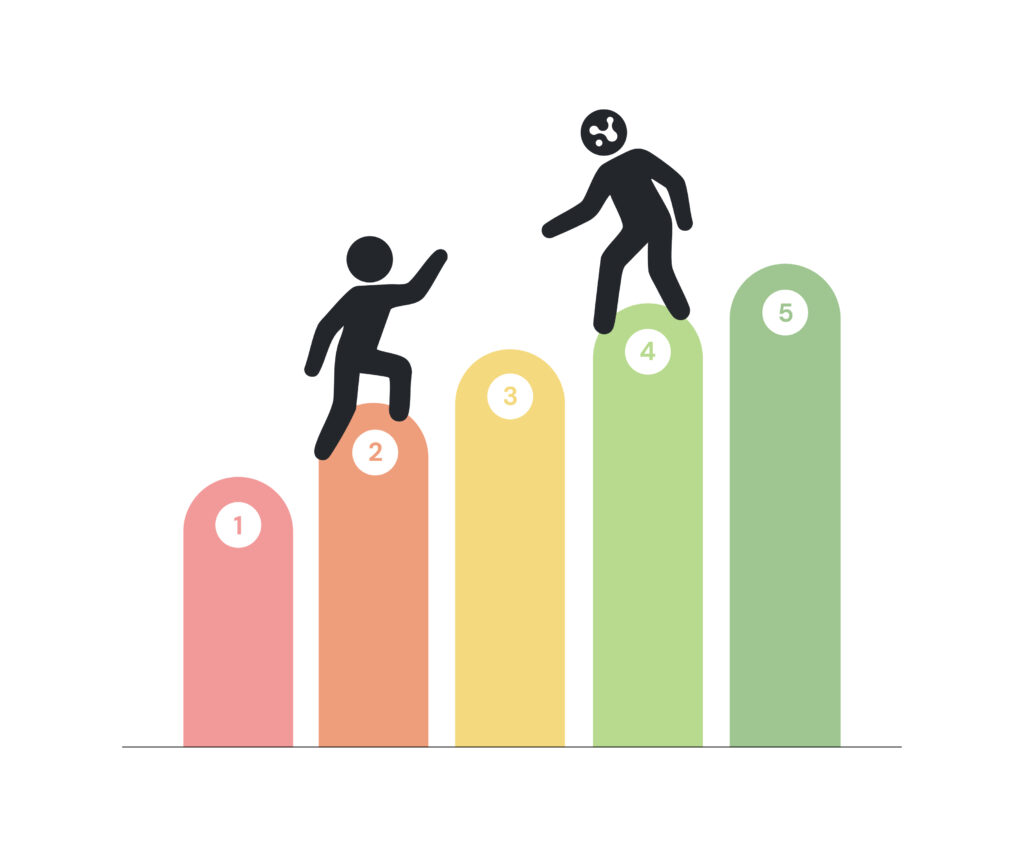According to McKinsey, 98% of large projects are delivered late or over budget. That number has become an almost accepted truth in capital project delivery. It is repeated so often that many leaders have started to believe overruns are inevitable.
But they are not.
The problem is not the projects themselves, but the way we manage them. Across the industry, assurance practices are still built on manual effort, sporadic checks, and siloed workflows. A limited skilled workforce is stretched across too many projects, trying to keep up with fragmented tools and disconnected data. The result is an industry that continues to repeat the same mistakes, even as technology moves forward.
Yet, a small percentage, roughly 2%, consistently deliver on time and on budget. The question we asked ourselves was simple: what makes them different?
The 2% Difference: Doing the Basics Exceptionally Well
When we studied those high-performing organizations, we found they were not doing anything revolutionary. They were just doing the basics really well.
Those basics can be grouped into four pillars that form the foundation of what we call the Schedule Assurance Maturity Framework. These pillars define how mature an organization’s assurance practices are and, ultimately, how likely it is to meet time and cost commitments.
Before we explore them, it’s worth clarifying what Schedule Assurance actually means.
What Is Schedule Assurance?
Schedule Assurance is the discipline of ensuring that a project’s schedule can be trusted to deliver what it promises.
It is the systematic process of continuously verifying, tracking, and improving the health of a project schedule.
Effective schedule assurance gives teams visibility into whether their plans are realistic, reliable, and resilient. It connects data integrity, change and delay tracking, risk management, and reporting into a single, ongoing cycle of improvement.
Without it, organizations rely on fragmented data, outdated reports, and reactive problem-solving. With it, they operate from a place of confidence and control.
The Four Pillars of Schedule Assurance

1. Data Integrity: The Foundation of Trust
Every assurance journey starts with data integrity. Without quality data, every analysis, forecast, and decision is compromised.
When data integrity is weak, schedules are filled with logic errors, missing dependencies, and unrealistic durations. Teams spend hours debating what went wrong instead of fixing it. Executives question the numbers, and decisions are made on unreliable information.
When it is strong, schedule data is automatically validated and standardized across all projects. Each version is checked for quality against a common standard. Audit trails capture every change, creating transparency and accountability.
Organizations with high data integrity operate with a single version of truth, which builds trust across every level of the business.
2. Change and Delay Management: From Reactive to Proactive
Change is inevitable in any major project. The difference between success and failure lies in how change is managed.
In most organizations, schedule versions are compared manually, if at all. Changes are detected only after key milestones have slipped. By that point, mitigation is limited and delays cascade across the program.
Mature organizations treat change as an early warning system. They use automated change tracking and delay analytics to see how each version of the schedule affects critical paths and key milestones. Trends are monitored, and potential delays are identified before they cause disruption.
When done right, change and delay management transforms from a reactive process into a proactive control mechanism.
3. Risk Control (QSRA): From Static to Predictive
Traditional Quantitative Schedule Risk Analysis (QSRA) is often treated as a compliance exercise. A single analysis is run at the start of a project, risks are logged, and then the file is archived.
This one-off approach ignores the reality that risks evolve constantly.
At higher maturity levels, risk control becomes a living, predictive process. AI models learn from actualized risks and continuously adjust assumptions. Scenario testing helps teams understand which activities are driving delay exposure. Risk inputs are linked directly to live project data, not static templates.
This shift from static to predictive risk control allows leaders to make better decisions, plan mitigations earlier, and reduce exposure across entire portfolios.
4. Assurance Reporting: Turning Information into Insight
The final pillar brings everything together. Reporting is how assurance delivers value to decision-makers.
Too often, reports are outdated before they are even read. They rely on manual consolidation, inconsistent templates, and subjective interpretation. This creates information overload but insight scarcity.
Mature organizations build live, automated reporting ecosystems. Executives can see real-time updates, portfolio-level trends, and narrative-driven insights that explain not only what changed but why.
When assurance reporting is done right, it enables faster decisions, stronger accountability, and continuous learning across teams.
The Schedule Assurance Maturity Ladder

Together, these four pillars define how an organization performs across five levels of maturity:
- No Assurance – Schedules are unreliable, and overruns are common.
- Tick-Box Assurance – Checks are done infrequently and for compliance only.
- Automated Assurance – Regular automated analysis improves within projects.
- Integrated Assurance – Assurance processes are standardized across portfolios.
- Proactive Organization – Assurance is continuous, data-driven, and tied to learning and improvement.
As organizations climb this ladder, their schedule overrun exposure drops from as high as 50% to under 10%, and cost overrun exposure falls from 80% to near zero.
The key is progression. Every improvement in assurance maturity directly reduces uncertainty, dispute risk, and rework costs.
Find out where your organization stands.
Why This Matters Now
The project industry is facing a turning point. The combination of workforce shortages, data overload, and increasing project complexity has made traditional assurance unsustainable.
At the same time, technology has reached a level where AI can handle the repetitive, data-heavy work that once consumed planners’ time.
Schedule assurance in the age of AI is no longer a future concept. It is happening now, and it is the only scalable way to deliver complex projects with predictability and confidence.
The Future of Schedule Assurance
The future belongs to organizations that treat assurance as a continuous, data-driven discipline.
AI and automation can now verify, track, and improve schedule health in real time, allowing teams to focus on interpretation and action rather than manual checking.
These systems do not replace the expertise of planners—they amplify it. They allow skilled professionals to apply judgment to higher-value questions, while AI ensures the foundations remain solid.
The organizations that embrace this model will become part of the 2% that consistently deliver what they promise.
Ready to See Where You Stand?
Discover your organization’s position on the Schedule Assurance Maturity Ladder and learn which steps will deliver the biggest improvement in time and cost performance.

